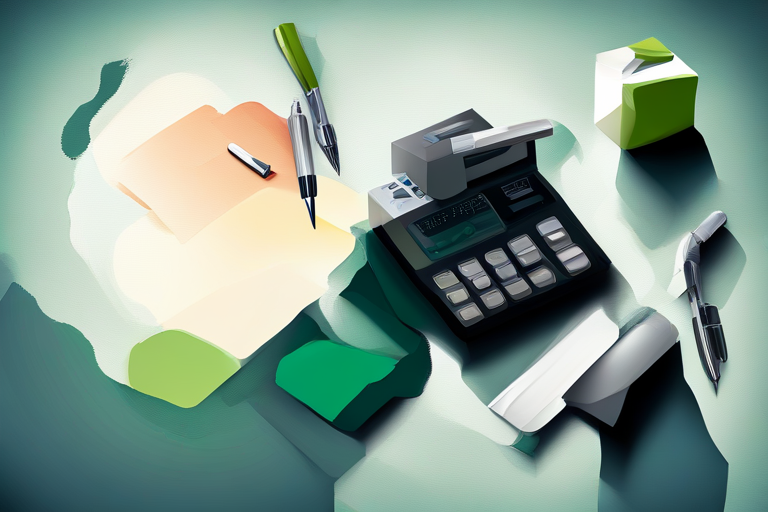
Managing Finances for Artists and Creatives with Unpredictable Income
For artists and creatives, managing finances can be challenging, especially when income is unpredictable. Just like monitoring the Suzlon share price or using a stock screener to make informed investment decisions, careful planning and disciplined budgeting are essential for financial stability. Here’s a simple guide to help artists and creatives manage their finances effectively.
- Build a Flexible Budget
The foundation of financial management for anyone with an irregular income is creating a flexible budget. Identify your essential monthly expenses, such as rent, utilities, and groceries. Then, estimate your average monthly income based on past earnings. A flexible budget allows you to adjust your spending in high-income months and save for the leaner ones. - Prioritize an Emergency Fund
An emergency fund is a lifesaver when your income varies. Aim to save at least three to six months’ worth of living expenses. During months of higher earnings, allocate a portion of your income to this fund. Having a financial cushion will reduce stress and allow you to focus on your creative work. - Separate Business and Personal Finances
For creatives, it’s essential to keep business finances separate from personal ones. Open a dedicated bank account for your creative income and expenses. This will make it easier to track your earnings, manage expenses, and prepare for taxes. - Plan for Taxes
Taxes can be a significant financial burden if not planned for. As a freelancer or creative, set aside a portion of your income for taxes, ideally 20-30%. Consult a tax professional or use online tools to estimate your tax liability and ensure timely payments. - Diversify Your Income Streams
Just as a stock screener helps investors diversify their portfolio, creatives can benefit from diversifying their income sources. Explore options like teaching workshops, selling merchandise, or offering digital downloads of your work. Multiple income streams provide stability and reduce reliance on a single source of income. - Track and Reduce Expenses
Keep a close eye on your expenses. Use tools or apps to track your spending and identify areas where you can cut costs. Prioritize spending on resources that directly support your craft and eliminate unnecessary expenses. - Invest in Your Future
While it may seem challenging to invest with irregular income, it’s essential to plan for the long term. Explore low-risk investment options or set up a recurring contribution to a retirement account during high-income months. Staying informed about financial markets, such as checking Suzlon share price trends, can also help you make better investment decisions. - Invoice Promptly and Follow Up
Delayed payments can disrupt your cash flow. Make it a habit to invoice clients promptly after completing work and follow up on unpaid invoices. Establish clear payment terms upfront to avoid misunderstandings. - Embrace Affordable Health and Business Insurance
Healthcare and unexpected business expenses can be costly. Look for affordable health insurance options and consider liability or equipment insurance to protect your creative work. - Stay Educated and Seek Guidance
Continuously educate yourself on financial management and seek advice from professionals when needed. Many financial advisors offer services tailored to freelancers and creatives, helping you navigate complex financial situations.
Conclusion
Managing finances as an artist or creative requires discipline, adaptability, and a proactive approach. By building a budget, saving for emergencies, and diversifying your income, you can achieve financial stability and focus on your passion. Just as tools like a stock screener help investors succeed, thoughtful financial planning ensures that your creative journey remains sustainable and rewarding.


